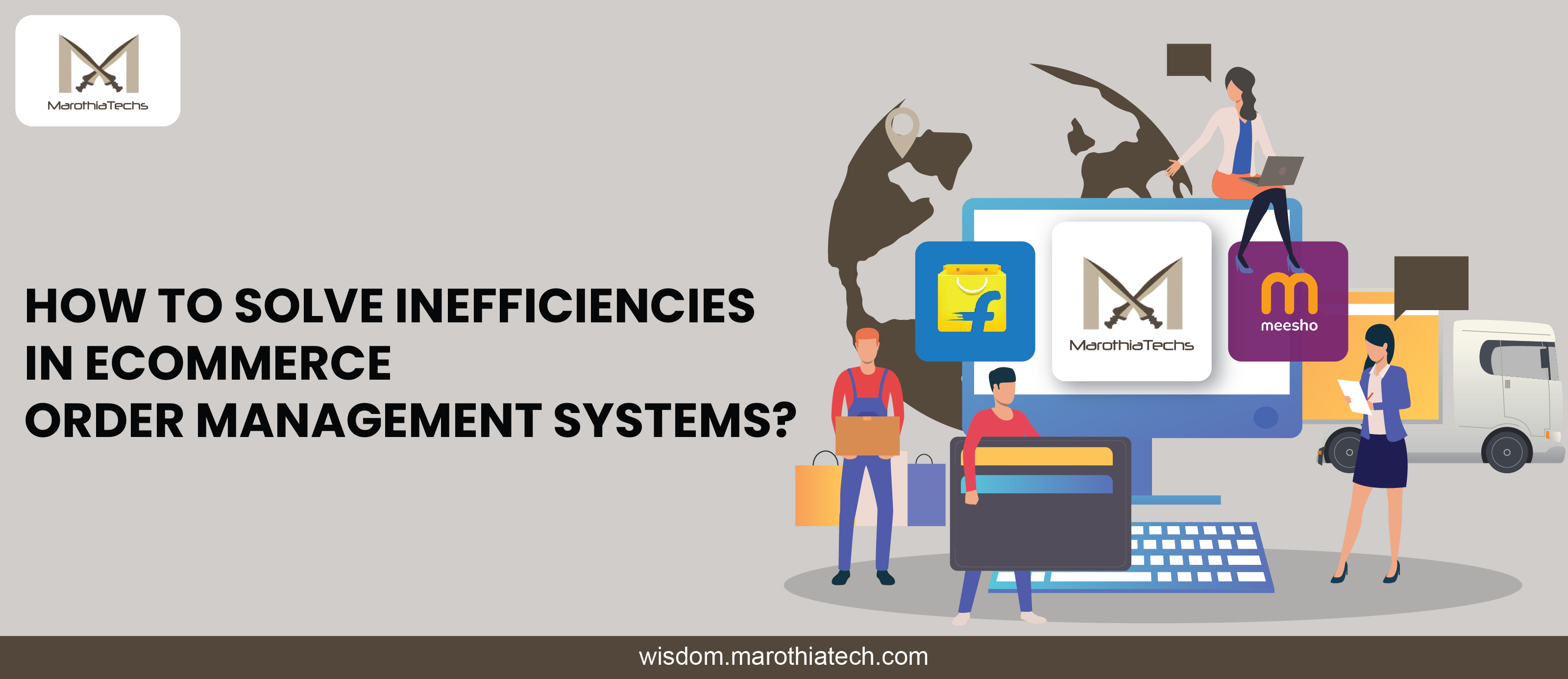Many online businesses encounter inefficiencies in their order management processes, leading to challenges such as delayed shipments, inventory mismanagement, and dissatisfied customers. These inefficiencies often stem from a lack of integration between your ecommerce platform and essential operations like payment processing, order fulfillment, and inventory management. The key to overcoming these challenges lies in adopting digital Order Management Systems (OMS) that can seamlessly integrate and automate these processes.
Quick Takeaways
- Ecommerce order management involves managing the entire process from order placement to fulfillment and shipping.
- Manual order management can lead to significant inefficiencies such as inventory inaccuracies, shipping delays, and high return rates.
- A digital order management system automates and integrates all aspects of order management, leading to faster, more accurate processing.
- Implementing an OMS reduces errors, speeds up fulfillment, lowers operational costs, and improves customer satisfaction.
Common Inefficiencies in Ecommerce Order Management
Manual order management often results in several inefficiencies that can negatively impact your business. Here are some of the most common issues:
- High Cart Abandonment Rates: A complicated or inefficient checkout process can frustrate customers, leading them to abandon their shopping carts.
- Unexpected Out-of-Stocks: Without real-time inventory integration, you may sell items that are no longer in stock, resulting in disappointed customers and potential order cancellations.
- Inaccurate Orders: Human error during manual order processing can lead to incorrect items being shipped, which increases return rates and damages customer trust.
- Shipping Delays: Inefficient order processing and fulfillment can cause delays, leading to customer dissatisfaction and additional costs for expedited shipping.
- High Shipping Costs: Without detailed data, you may struggle to negotiate optimal shipping rates or choose the most cost-effective shipping options.
- Poor Post-Sale Customer Service: If orders are difficult to track within your system, resolving customer inquiries and issues becomes time-consuming and inefficient.
- High Return Rates: Errors in order processing or shipping often result in higher return rates, which can be costly in terms of refunds, replacements, and lost customers.
- Inadequate Reporting: Manual order processing often lacks the detailed, real-time data necessary for effective business analysis and decision-making.
Solving Inefficiencies with a Digital Order Management System
The inefficiencies mentioned above often arise from a lack of integration between your ecommerce platform and back-end operations. Implementing a digital Order Management System can help resolve these issues by automating and integrating every step of the order management process.
Key Benefits of a Digital Order Management System:
- Seamless Integration: An OMS integrates with your ecommerce platform, inventory management, payment processing, and shipping systems, ensuring that all relevant data is automatically shared and updated in real-time.
- Automated Processes: From order processing to inventory management and shipping, an OMS automates key tasks, reducing the risk of human error and speeding up the entire process.
- Improved Accuracy: With automated and integrated systems, the likelihood of errors—such as incorrect orders or shipping delays—is significantly reduced.
- Enhanced Customer Experience: A well-functioning OMS ensures that customers receive accurate information about product availability and shipping times, leading to higher satisfaction and loyalty.
- Better Reporting and Analytics: A digital OMS provides detailed, real-time data that you can use to generate reports, analyze trends, and make informed decisions that improve your business operations.
Inefficiencies in ecommerce order management can have a ripple effect, leading to increased costs, dissatisfied customers, and lost revenue. By adopting a digital Order Management System, you can streamline your operations, reduce errors, and provide a better customer experience. Investing in an OMS is not just a solution to current inefficiencies; it’s a strategic move to position your business for long-term success in an increasingly competitive market.
For ecommerce businesses looking to optimize their operations, a robust OMS is an essential tool that can transform how you manage orders, inventory, and customer relationships.


Leave a Reply